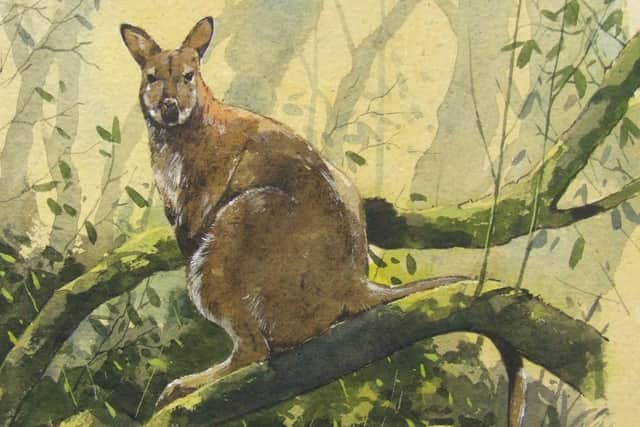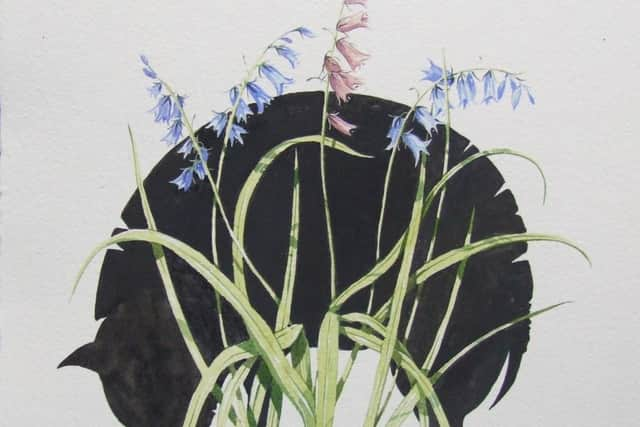Find out the Gaelic names for some of Scotland's newest nature arrivals
Chances are you might, but you just don’t realise it.
These are the newly devised Gaelic names for species that once were strangers to Scottish shores, but are today increasingly commonplace in the wild due to climate change or introduction by humans – whether by accident or design.
They are better known as the Spanish bluebell, ring-necked parakeet and red-necked wallaby, and join a number of other species chosen to feature in a unique cultural and environmental project which celebrates the links between nature and the native tongue of the Gaels.
Advertisement
Hide AdAdvertisement
Hide AdBho Bheul an Eòin – From the Bird’s Mouth – is a book that explores wildlife through paintings, poetry and the Scots Gaelic language, with stunning illustrations by acclaimed wildlife artist and Gaelic learner Derek Robertson.
It is just one of a number of initiatives which are part of the national Gaelic Plan devised by Scotland’s nature agency.
The latest update of the plan has just been published, setting out new aims over the next five years to increase visibility for Gaelic in community engagement on climate change and biodiversity loss; grow and preserve understanding of the natural environment through the Gaelic language; and promote the benefits of Gaelic for nature-based jobs needed in the transition to a zero-emissions society.


Francesca Osowska, NatureScot chief executive, said: “The Gaelic language is an integral part of our culture, and we are committed to enhancing the status of Gaelic and creating opportunities for its use.
“Gaelic vividly shows the enduring bond between people, places and nature.
“We want to embrace this view of nature’s importance, as well as support Gaelic speakers of all abilities to use the language more when communicating with NatureScot.


“Our new Gaelic Plan demonstrates our commitment to this and we look forward to working with partners to achieve even more in the coming years.”
Shona MacLennan, chief executive of public body Bòrd na Gàidhlig Ceannard, said: “Ensuring that the Gaelic language is used in work to reduce biodiversity loss is a natural twinning of two aspects of everyday life that both need strengthened. This plan will support that work.”
NatureScot has already begun integrating the language across its work, including adoption of dual-language signage and publications.
Comments
Want to join the conversation? Please or to comment on this article.
